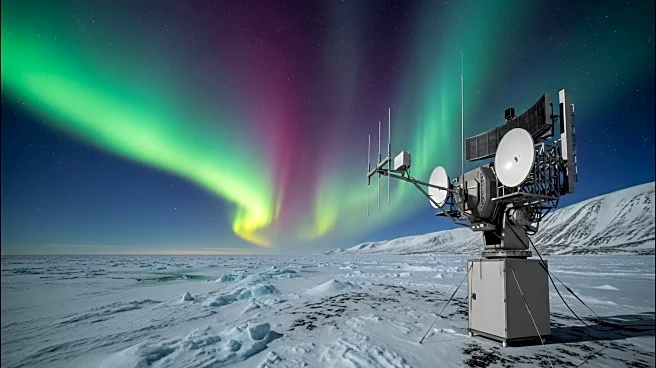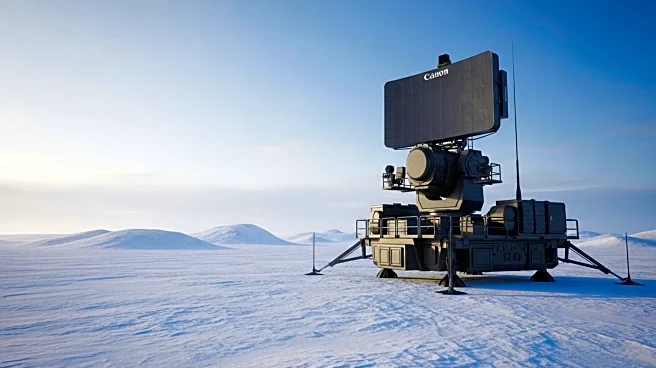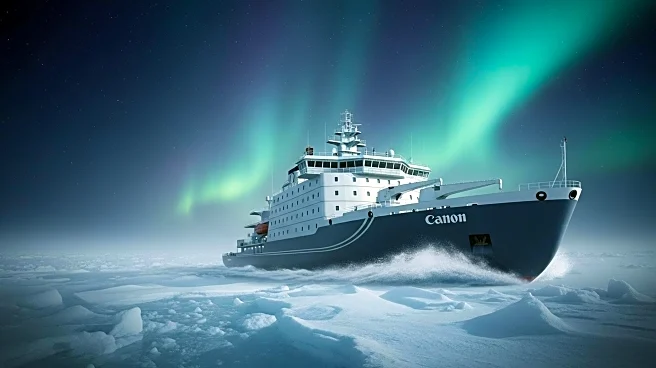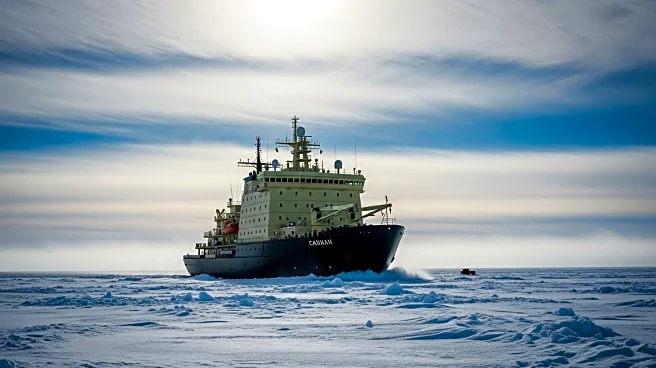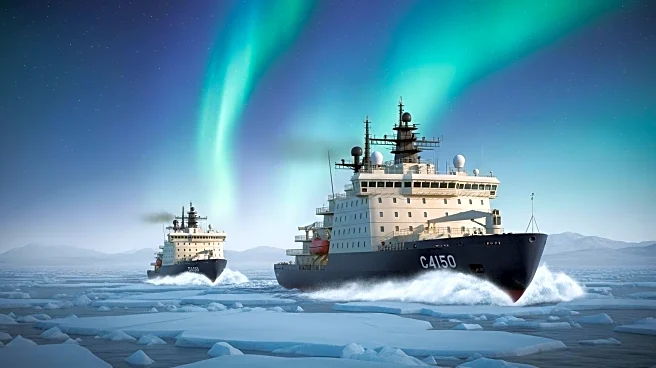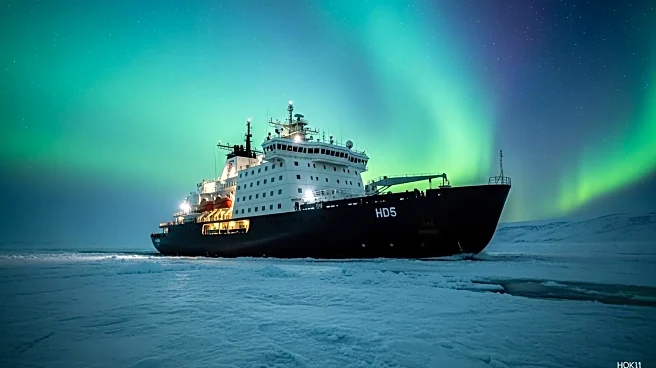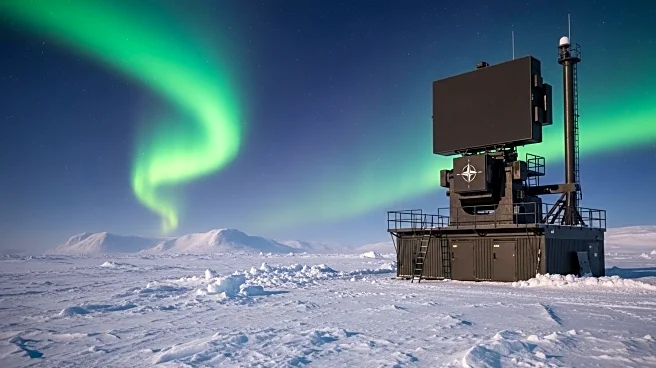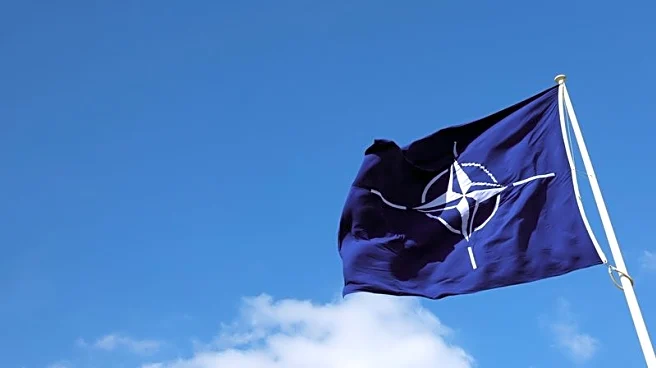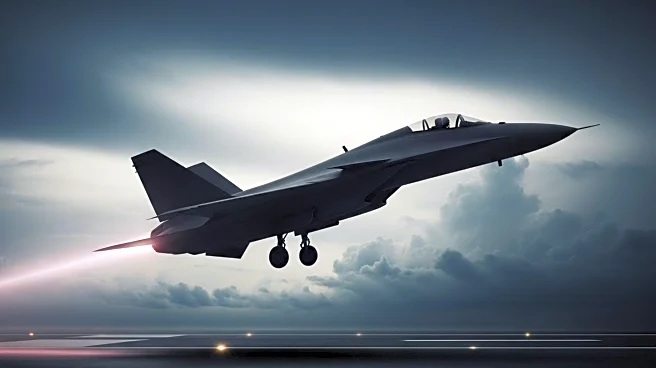What's Happening?
Canada is leveraging its High Frequency Surface Wave Radar (HFSWR) technology to improve maritime surveillance in the Arctic region. This radar system provides continuous monitoring of ship traffic up to 200 nautical miles offshore, even in adverse weather conditions. The technology is crucial for maintaining sovereignty and security in the Arctic, especially with the presence of Chinese and Russian icebreaker fleets. The HFSWR system complements existing radar technologies by filling gaps in mid-range detection, which is essential for sovereignty, fisheries enforcement, and shipping safety. The system has been developed over 35 years, with recent advancements making it a deployable product rather than a research platform.
Why It's Important?
The deployment of HFSWR is significant for Canada's national security and environmental protection in the Arctic. It enhances Canada's ability to monitor and control its waters, thereby reinforcing sovereignty and alliance credibility with NATO and NORAD. The technology also supports civil-military missions such as search and rescue and environmental stewardship. By providing a cost-effective solution for wide-area coverage, HFSWR represents a strategic investment in defense capabilities without the need for expensive aircraft patrols. This development positions Canada as a leader in radar technology, with potential export opportunities to aid allies in maritime threat management.
What's Next?
Canada plans to rapidly deploy HFSWR systems to existing facilities and establish new sites in the Arctic within 12 to 18 months. This deployment will enhance surveillance capabilities and ensure real-time control over Arctic waters. The integration of HFSWR with other radar systems will create a comprehensive surveillance network, providing strategic depth and persistent coverage. The Canadian government is committed to increasing defense spending to meet NATO obligations and secure the Arctic, making the deployment of HFSWR a priority.
Beyond the Headlines
The deployment of HFSWR in the Arctic has broader implications for international relations and environmental protection. It strengthens Canada's position in asserting sovereignty over the Northwest Passage, a critical maritime route. The technology also highlights the importance of innovation in defense strategies, showcasing Canada's ability to develop and deploy advanced systems. As global interest in the Arctic increases, Canada's proactive approach to surveillance and security could influence international policies and collaborations in the region.
